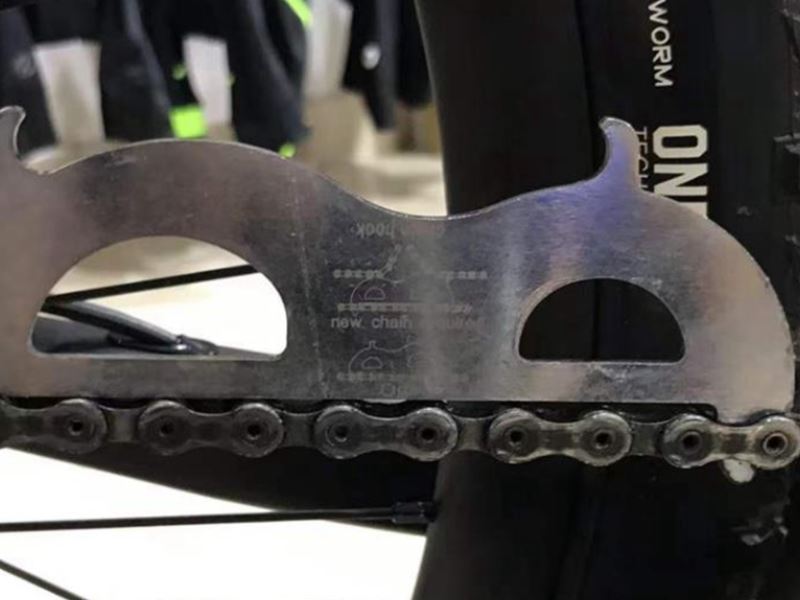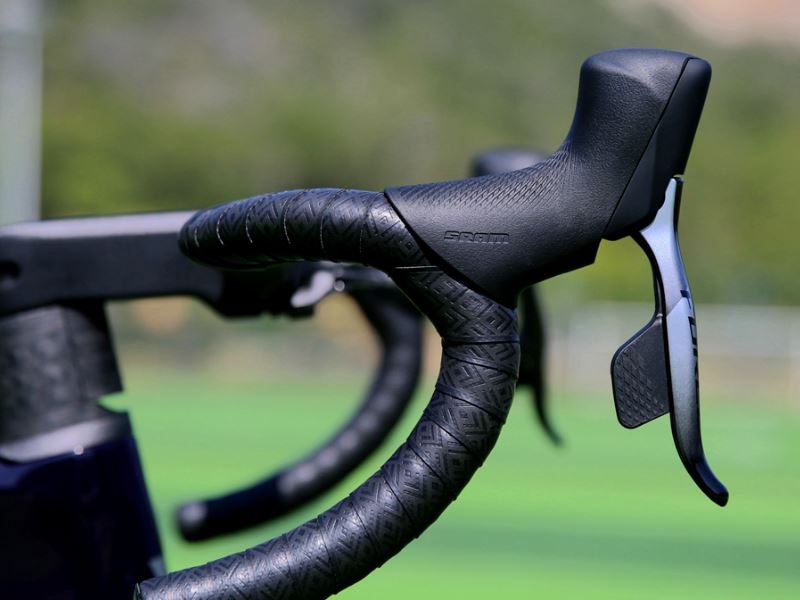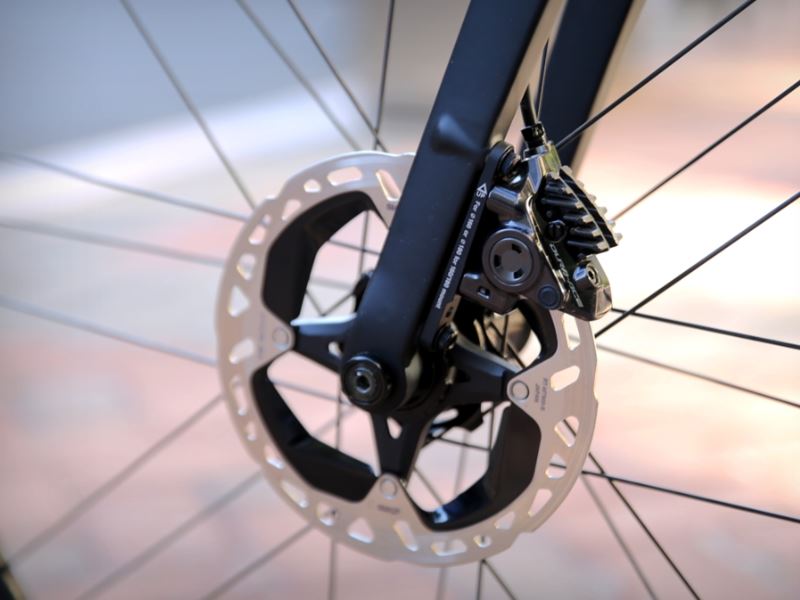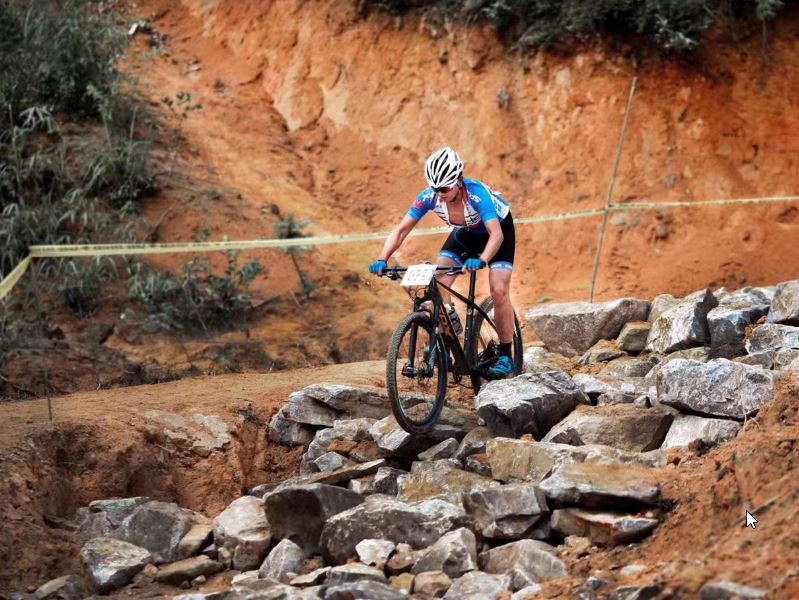by Tiffanybikes
Share
by Tiffanybikes
Share
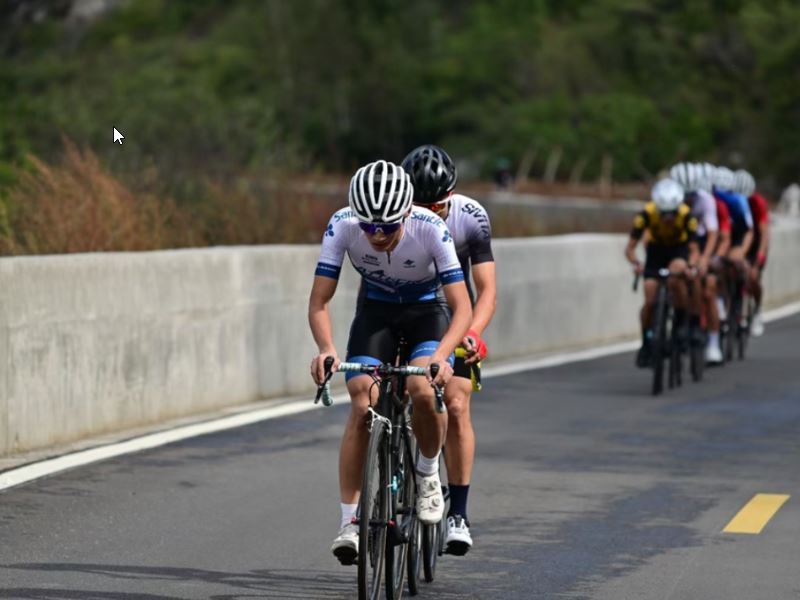
When most riders start a road bike, they usually face a question, which is whether to pursue light weight or choose aero models with more aerodynamic performance. How much difference is there between the two? For ordinary riders, we can’t have a climbing bike for the mountain stage and aero bike for the flat stage like a professional team rider. Therefore, this problem also makes many riders entangled in the difference between the two. There are some differences between aerodynamics and lightweight for everyone who is ready to enter the road field.
In the product lineup of the many bicycle brands on the market, you will usually find that the top performance road bikes of each brand are divided into two forms. For example, Trek owns Emonda lightweight road bikes and Madone aero bikes; Giant owns TCR lightweight road bikes and Propel aero bikes; Merida owns Scultura lightweight road bikes and Reacto aero bikes, to name a few.
In addition to aero and light weight, the Tarmac SL7 built by Specialized is a combination of aero and light weight to develop an all-round road bike known as “one bike is all”, and Pinarello’s new Dogma F, which provides riders with Stiffer, lighter and more aerodynamic benefits. In the face of different road sections, whether climbing or descending, or even in corners or sprints, every bit of power can be used up without reservation of favor.
Aside from the all-around road bike, would you opt for lighter weight or better aerodynamics? When Merida launched its second-generation Reacto aero road bike, it hired some external scientific consultants to analyze the previous year’s Tour de France analysis, and they concluded that, considering all stages, road conditions, altitude, and other factors, the Reacto the advantages of aero bikes in the Tour de France are higher than the lightweight Scultura SL.
Jurgen Falke, head of design at Merida, also said: “Bike weight only matters for acceleration or very steep climbs, but weight is the most overrated issue in road bikes.”
Why does the above phenomenon occur? Perhaps because when you pick up a bicycle, you can immediately judge whether it is a good bike or not from its weight, so manufacturers have also made this a goal of research and development. The aerodynamic aspect is relatively vague for us. Putting two aerodynamic models in front of you at the same time, you can’t judge which one has better aerodynamic performance. If you want to actually measure the aerodynamic efficiency, you need to use wind tunnel or CFD software. Measured, this is much more difficult than simply judging by weight.
Merida said that if you ride at 30km/h for an hour on a flat road, losing 2kg to the bike will only increase your speed by 0.05km/h, which means that you can only run more than one hour of riding. 50 meters. Moreover, it is still relatively difficult for you to lose 2kg on a top road bike, which also shows that weight has little effect on flat road riding.
Taking the products of Italian brand Bianchi as an example, the frame weight of the Specialissima lightweight road bike is 780 grams and the front fork is 340 grams, for a total of 1120 grams; the frame weight of the Oltre XR4 aero road bike is 980 grams and the fork weight is 370 grams, a total of 1350 grams, the difference between the two is 230g. The two bikes also use the top-level Dura-Ace kit as an example, and install a higher frame aero wheelset and aero handlebars on the Oltre XR4 aero road bike, and the gap between the two is far less than 2 kg.
In other words, when you’re riding at a steady pace on flat ground, it’s hard to save enough weight on your bike to make a noticeable difference.
For most amateur riders, we will not only ride on flat roads, but also take into account the climbing. Therefore, in response to this problem, Swiss aerodynamics expert Swiss Side did a test. In a 120-kilometer track with an altitude of 1,200 meters, the rider completed the track at a speed of 30km/h (average power 211.4 watts). The crew added 100g to the rider’s bike, and the 120km time was only 3 seconds longer. Obviously, it is far more realistic to lose 100g on a bike than 2kg, but the gain is small. So, in general the aerodynamic gain is much higher.
So why do top-level drivers switch to lighter-weight rim brakes for the alpine stages? According to Swiss Side, if riding on a climb with an average gradient of 4.5% or higher, this gradient will provide more weight savings for the average rider than aero bikes, provided that the gradient is an advantage when it is above 4.5%.
Overall, the weight savings only come into play in the alpine stages, and for amateur riders where weight is more important than aero, it’s only on grades with an average gradient of 4.5% or more. But for professional riders, that percentage has to rise to around 7.5 percent before weight can give them an advantage.
Therefore, riders will also evaluate the combined factors of the entire track and decide whether to use a lighter bike based on the slope. If it’s a bumpy stage, the weight reduction isn’t that important, and they’ll go for a more aero road bike.
Chris Yu, Director of Integrated Technology at Specialized, said: “Competition is dynamic, and calculating which bike attributes are more favored also depends on factors on the track and the environment, so when we develop products with our partner teams, we need to take these factors into consideration. If some stages are mostly flat but have a short and very steep climb, then the fastest aero bike is also directly considered, almost regardless of the weight loss. However, if we Knowing that the outcome of this race is likely to produce those few seconds of time difference in the steeper sections, we will weigh the calculation results to see if we need to use a lighter product.”
That is, if the faster rider will have more drag, because drag is proportional to speed, but the faster driver will also have less time on the track. And we see that the slower riders actually save more time, they spend more time on the road, so they can instead benefit from the aerodynamic gains for longer.
A lighter weight or a more aerodynamic model, which brings the greatest advantage? In some specific situations, the lighter weight can really help. But unlike professional riders, most ordinary riders have limited budgets and cannot equip two different types of road bikes, and can only choose between lightweight and aerodynamics. Then we can only choose according to our usage scenarios. I believe that 90% of the usage scenarios of most riders are basically used on flat roads and undulating roads, and occasionally climb steep slopes of more than 4.5%, so aerodynamic road bikes can give you bring greater advantages.
The “out-of-stock tide” brought about by the epidemic has made it difficult to find a bike in the cycling circle. Even if some brands can order a bike, the delivery time varies from a few months to more than half a year. There are many bike fans who can’t wait to turn their attention to […]
Whether you’re a big cyclist or a novice cyclist, who hasn’t made some mistakes on the bike? For example, when the new bike is installed, the vehicle accessories are installed incorrectly, the equipment model is not matched when the accessories are upgraded, the fault judgment is wrong, and there is wasted effort in disassembly and […]
With the full popularity of the disc brake system for road bikes, the road bike market has completely resolved the debate between disc brakes and rim brakes. It can be said that disc brakes have completely taken over the rim brakes. But in road disc brakes, there is another debate, so is it better to […]
Today, most mountain bikes on the market are equipped with front fork shock absorbers, and even many gravel bikes are equipped with micro-travel shock absorbers in order to cope with more complex road conditions. There is enough suspension travel on a bicycle to measure the bumps that the bicycle can absorb, so what kind of […]
